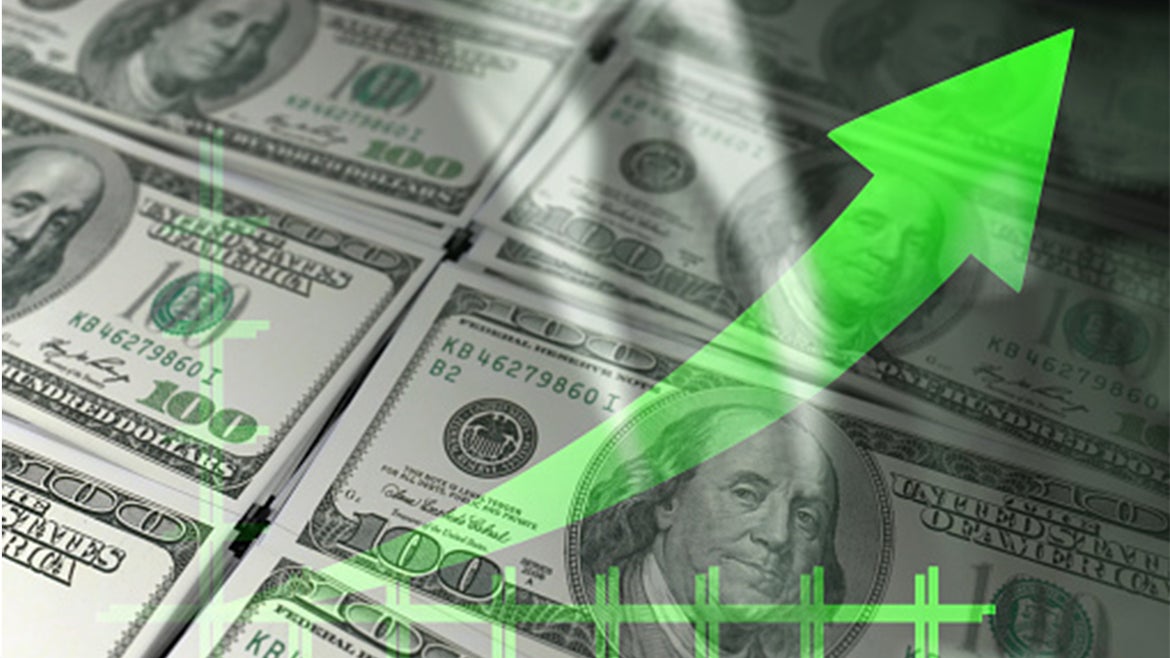“It is going to get worse before it gets better,” Moody’s Analytics senior economist Ryan Sweet said.
Hold onto your wallets, inflation is costing the average U.S. household nearly $300 more a month, according to Moody Analytic analysis, CNBC reported.
“It is going to get worse before it gets better,” Moody’s senior economist Ryan Sweet said.
Sweet, who conducted the analysis, explained that the actual monthly cost consumers will be paying is an additional $296. The figure, he said, is based on the latest reading on consumer prices, which rose 7.9% in February compared with a year ago, according to the U.S. Department of Labor, the news outlet reported.
Prices for gas, food and housing drove the February price increases to an all-time high, according to CNN Business.
Over the past 12 months, food prices went up 7.9%, the biggest jump since July 1981. Grocery store prices rose at an even faster pace of 8.6% over the same period, the biggest increase since April 1981, the news outlet reported.
Gasoline prices soared 6.6% and contributed nearly a third of the overall inflation increase in February. Over the past year, they have risen 38%, CNN reported.
A study by Wells Fargo entitled, “Inflation: Same Storm, Different Boats,” really sums up what Americans are facing, which is the strongest inflation in nearly 40 years.
The study highlighted the three demographic groups that may feel the greatest pinch based on the Consumer Expenditure Survey (CPI).
The middle-income consumers with inflation are half a point higher than those at both the highest and lowest ends of the income spectrum, the survey said.
The Hispanics and Latino population had the steepest jump in living costs compared to other groups, Wells Fargo reported.
And, the millennials will feel the increase compared to their boomer counterparts. According to the survey, inflation for consumers ages 35 to 44 this past year has run more than a point higher than those 65 and older, the survey revealed.






